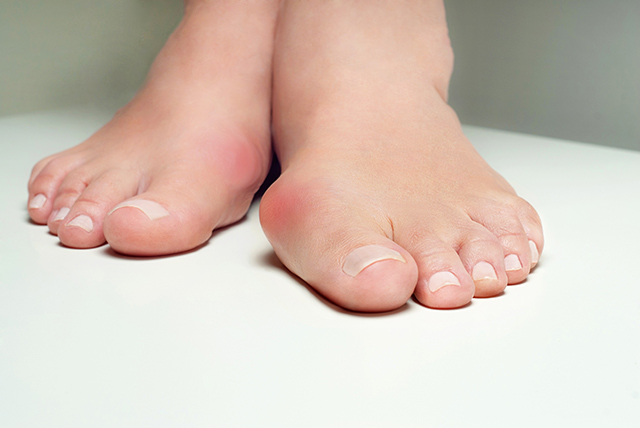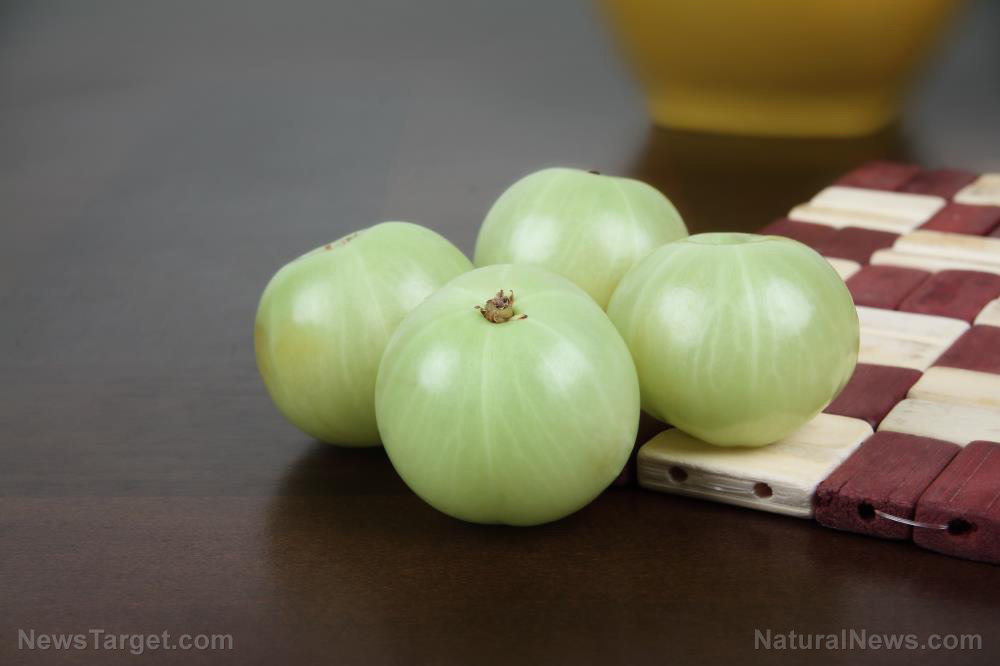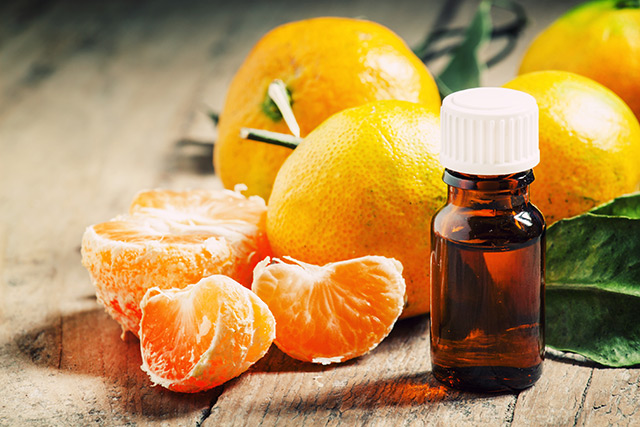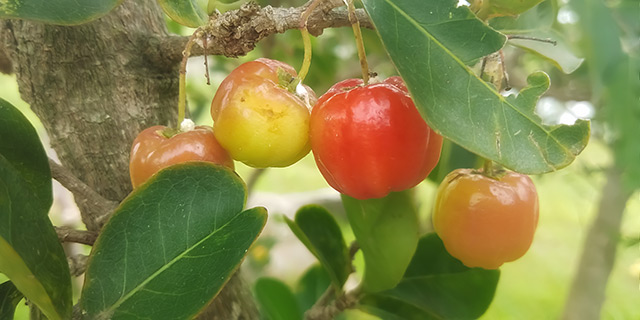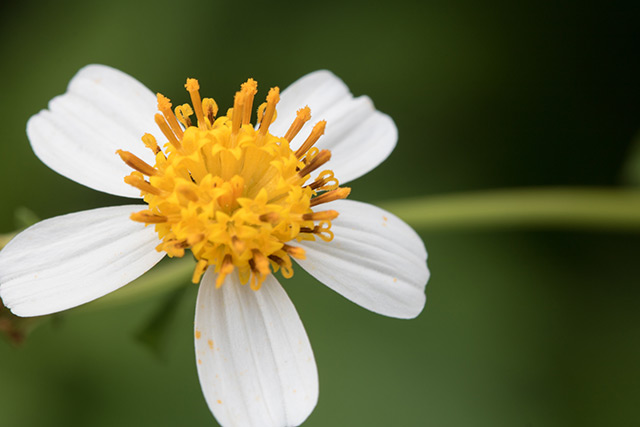Opioid-related deaths decrease by 25 percent in states with medical marijuana program
01/27/2016 / By Greg White
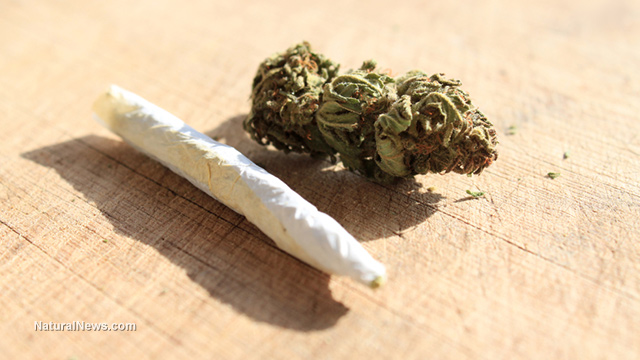
Illinois recently launched its medical marijuana program, providing patients with the option to choose cannabis over addictive, expensive and sometimes deadly prescription drugs. But it’s not just Illinois that is reaping the medicinal benefits of marijuana. According to a study published in the prestigious journal JAMA Internal Medicine, states where medical cannabis is legal report fewer deaths associated with pharmaceutical drugs.(1,2)
The study compared the number of pharmaceutical-related deaths in 13 states where medical marijuana was legal before 2010 to states where medical marijuana remains illegal. The report discovered that states where medical marijuana is legal have a 25 percent lower rate of opioid-related deaths. In other words, there were approximately 1,729 fewer opioid-related deaths in 2010 in states where patients have access to medical marijuana.(2)
Opioids and narcotics are the primary drugs used to treat chronic pain, despite their noxious side effects. According to the CDC, approximately 44 people die every day due to prescription drug overdose. In 2012 alone, healthcare providers wrote more than 259 million prescriptions for painkillers.(1)
The soothing power of cannabis
Cannabis, on the other hand, can help ease pain, has low levels of toxicity and is impossible to overdose on. In addition, there are cannabinoid receptors in some regions of the brain that can even alter chronic pain.(2)
Opioid-related deaths still increased across the United States when the most recent study was conducted in 2010. However, states with legal marijuana showed a significantly smaller increase in mortality rates involving painkillers. For instance, rather than pop a deadly opioid like OxyContin for chronic pain, patients can ingest medical cannabis to mitigate pain without the harmful side effects.
Sponsored solution from CWC Labs: This heavy metals test kit allows you to test almost anything for 20+ heavy metals and nutritive minerals, including lead, mercury, arsenic, cadmium, aluminum and more. You can test your own hair, vitamins, well water, garden soil, superfoods, pet hair, beverages and other samples (no blood or urine). ISO accredited laboratory using ICP-MS (mass spec) analysis with parts per billion sensitivity. Learn more here.
More troubling, researchers from the University of Pennsylvania and Johns Hopkins University, who were involved in the study, found that up to 60 percent of all opioid analgesic overdoses occurred in patients who took doses dictated by the prescription.
“Results reveal that on average, the 13 states allowing the use of medical marijuana had a 24.8 percent lower annual opioid overdose mortality rate after the laws were enacted than states without the laws, indicating that the alternative treatment may be safer for patients suffering from chronic pain related to cancer and other conditions,” write the researchers.(2)
Like any study, however, we must bear in mind that the research also has certain limitations. The rate of opioid-related deaths increased in all the states during the study. It merely increased less in states where medical cannabis was legal. Furthermore, there might also be a third factor at work in states with medical marijuana, which influenced the drop in opioid deaths.(3)
The public’s skewed perception of marijuana as a “gateway drug”
In so far as legalizing marijuana in general is concerned, the debate centers on whether weed would be a viable alternative to alcohol. Some health experts believe smoking is preferable to drinking, since marijuana is much less deadly than alcohol. Still, others press that marijuana and drinking compliment each other. People will drink and then smoke to exacerbate the effects of alcohol.(3)
Despite the clear benefits of medical marijuana, the mainstream media and public at large continue to chastise cannabis as a gateway drug. In actuality, cannabis isn’t a drug at all – it’s an herb. The real threat stems from Big Pharma poisons, which are made from cannabis-like plants refined for patent purposes.(2)
“Prescription drug abuse and deaths due to overdose have emerged as national public health crises,” says Colleen L. Barry, senior author of the study and an associate professor in the Department of Health Policy and Management at the Johns Hopkins University School of Public Health.(2)
“As our awareness of the addiction and overdose risks associated with use of opioid painkillers such as Oxycontin and Vicodin grows, individuals with chronic pain and their medical providers may be opting to treat pain entirely or in part with medical marijuana, in states where this is legal.”(2)
Sources include:
(2) NaturalNews.com
(3) TheAtlantic.com
Tagged Under: cannabis, gateway drug, legal medical marijuana, marijuana, medical marijuana, opioid related deaths




